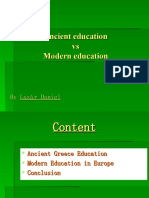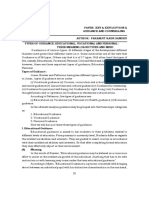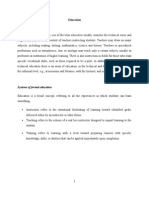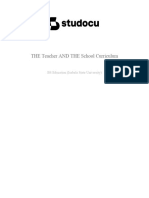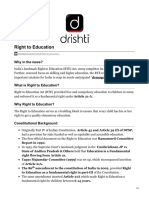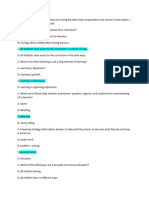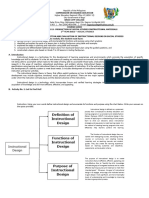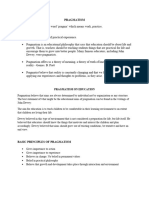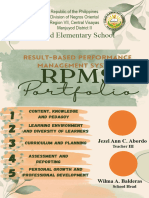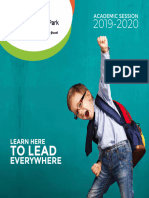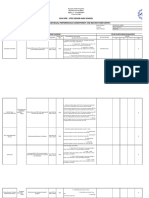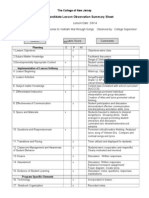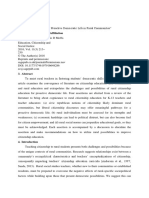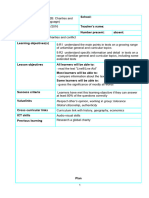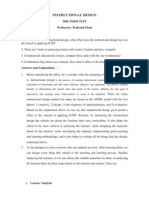0% found this document useful (0 votes)
1K views4 pagesAncient Education: Evolution of Teaching Methods
Teaching methods have evolved significantly over time. In ancient Greece, Socrates developed the Socratic method of questioning students to stimulate critical thinking. During the Middle Ages, educators like Comenius created illustrated textbooks to make learning more relatable for children. In the 19th century, the Prussian education system standardized classroom teaching methods. Modern teaching incorporates technology and hands-on activities to engage students through multiple learning modalities. Effective teaching methods consider student-centered approaches and the nature of the subject matter.
Uploaded by
AnchalCopyright
© © All Rights Reserved
We take content rights seriously. If you suspect this is your content, claim it here.
Available Formats
Download as DOCX, PDF, TXT or read online on Scribd
0% found this document useful (0 votes)
1K views4 pagesAncient Education: Evolution of Teaching Methods
Teaching methods have evolved significantly over time. In ancient Greece, Socrates developed the Socratic method of questioning students to stimulate critical thinking. During the Middle Ages, educators like Comenius created illustrated textbooks to make learning more relatable for children. In the 19th century, the Prussian education system standardized classroom teaching methods. Modern teaching incorporates technology and hands-on activities to engage students through multiple learning modalities. Effective teaching methods consider student-centered approaches and the nature of the subject matter.
Uploaded by
AnchalCopyright
© © All Rights Reserved
We take content rights seriously. If you suspect this is your content, claim it here.
Available Formats
Download as DOCX, PDF, TXT or read online on Scribd
/ 4




